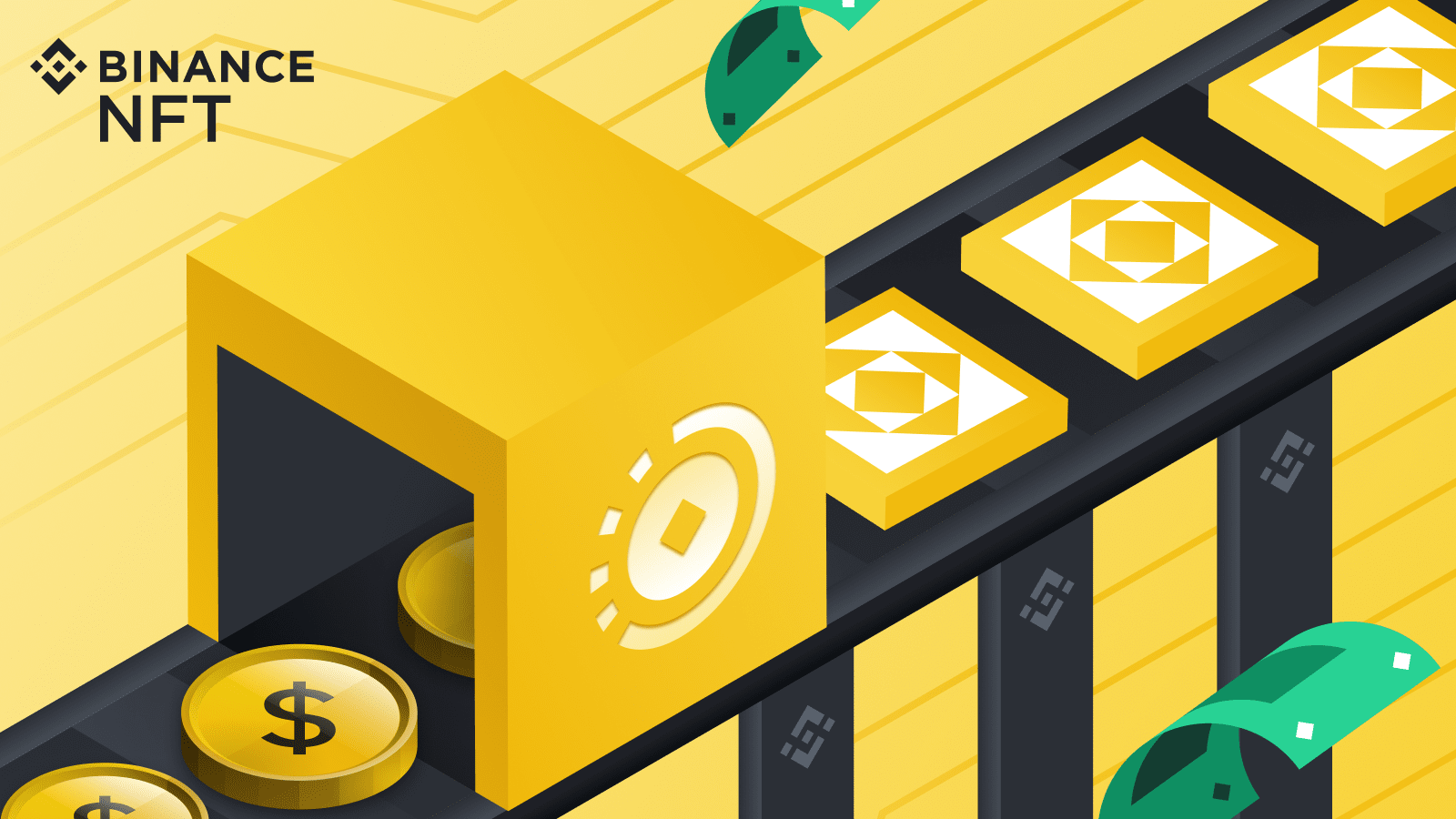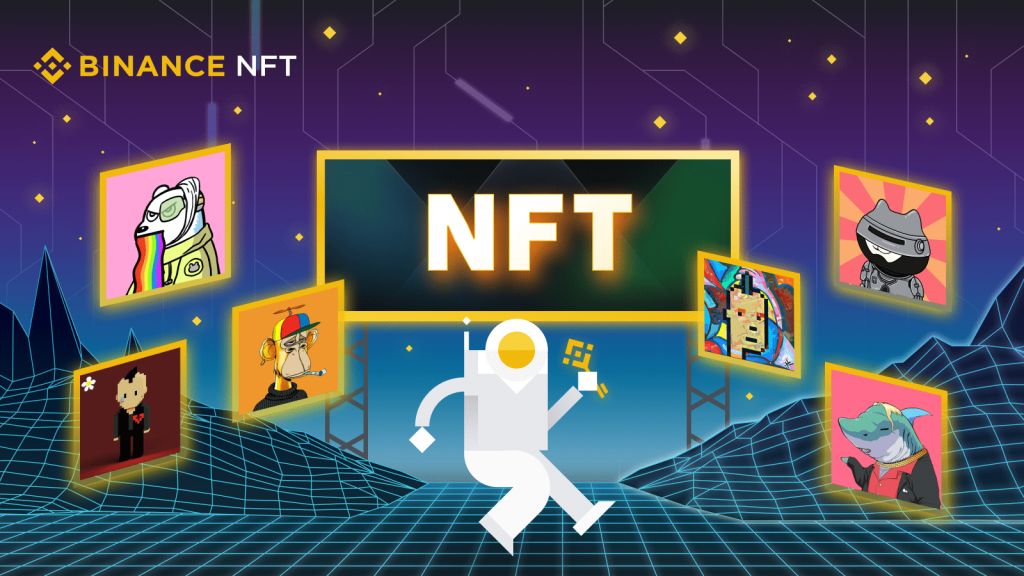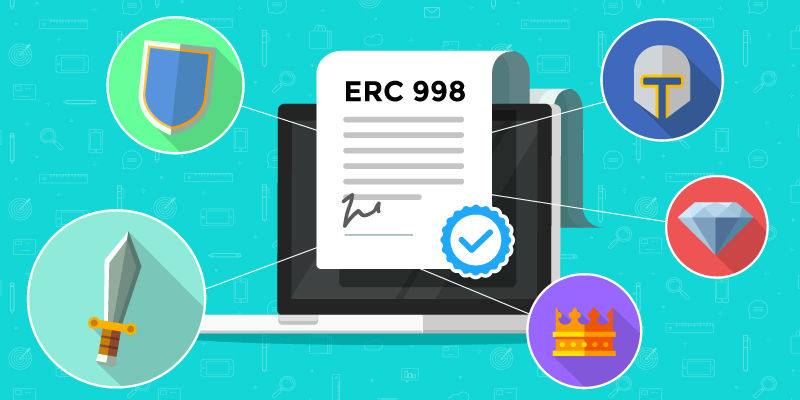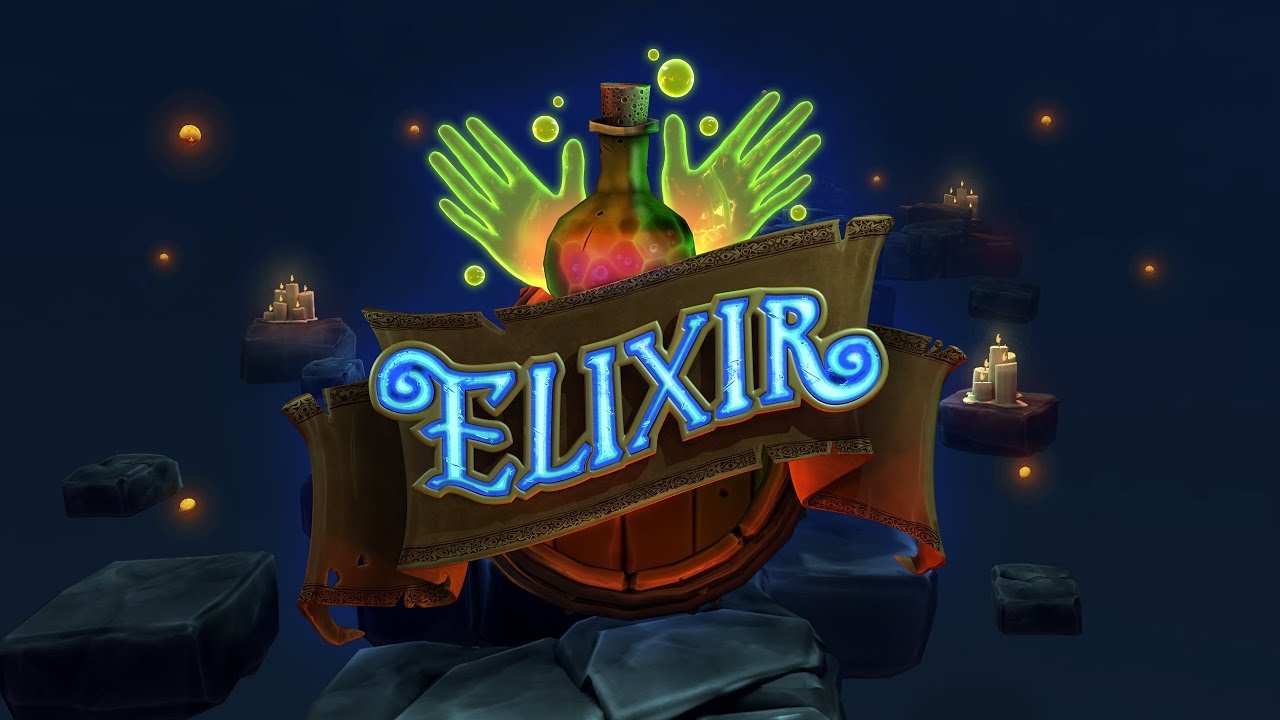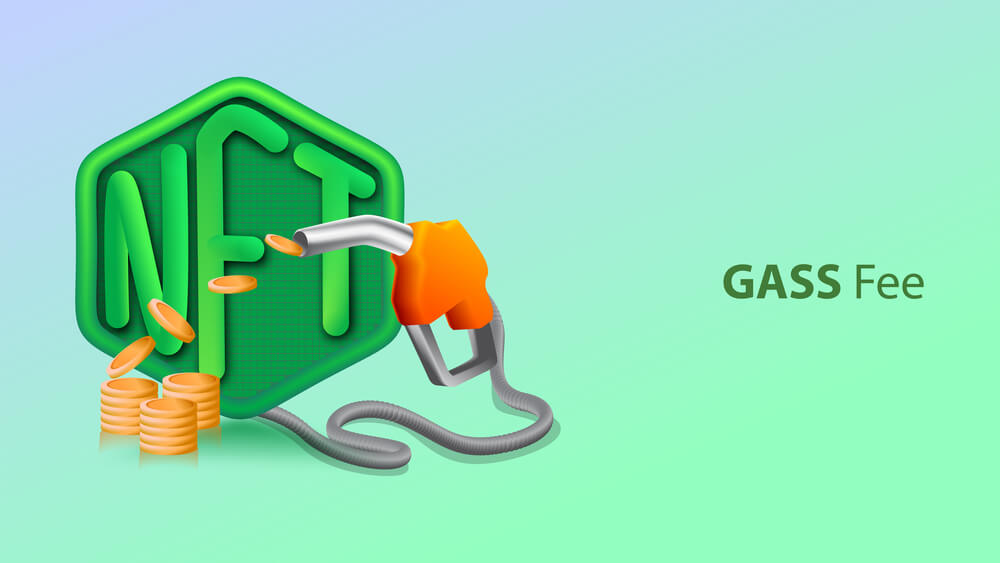Helen Hai, the head of the Binance NFT platform and Goodwill Ambassador for industrialization in Africa has shared the transformation journey to the birth of Binance’s non-fungible token (NFT) marketplace, which has become a multi-million-user platform.
In a short interview at the two-day Paris Blockchain Week Summit on April 13, Hai narrated the transformation journey of the Binance NFT platform. She recalled the moral support she received from her boss Changpeng Zhao, the founder and CEO of Binance when pitching the initial idea for what has now become a multi-million-user NFT platform.
During the interview, the head of the Binance NFT platform extensively discussed the early inspirations for their NFT platform and her vision for regulatory communication, among other contentious topics.
Hai started by citing methods in which the rapidly growing Asian economy capitalized to boost its growth during the second industrial revolution, including job creation for the lower and middle classes. She further explained that the internet, specifically the Web2, has contributed to the growth of the digital economy despite having disparities between various societal groups.
But interestingly, she outlined how this imbalance can be re-established through the adoption of Web3 technologies. She further revealed more insights into the early stages of the Binance NFT marketplace, and the importance of cultivating a relationship with regulators in policymaking, and then insisted on the importance of female leadership in the Web3 ecosystem.
Launched in June 2021, the Binance NFT marketplace is now a multi-million-user platform capitalizing on the mainstream euphoria around digital collectibles. The NFT platform has successfully registered more than 2.5 million NFTs users and over 1,000 creators at the turn of 2022.
Helen Hai Starts Binance NFT Marketplace From Scratch
Hai revealed that her initial inspiration came from the potential of an artistic renaissance with the support of blockchain technology, bullish values of idea creations, and lean-as-go-style development.
Moreover, Hai applauded the moral inspiration she received from her boss Changpeng Zhao, the founder and CEO of Binance, stating that he has empowered many leaders, including herself. She recalls Zhao’s past sentiments:
“If I have a good idea, Helen, why don’t you just try it, and you’ll prove yourself.”
“Six months down the line, we have accumulated millions of users that are innovating the mystery box and the initial game offering (IGO) model for the gaming industry. We’re still in the learning stage, but we’re working with our users every day on how we can help creators to get more connected with them.”
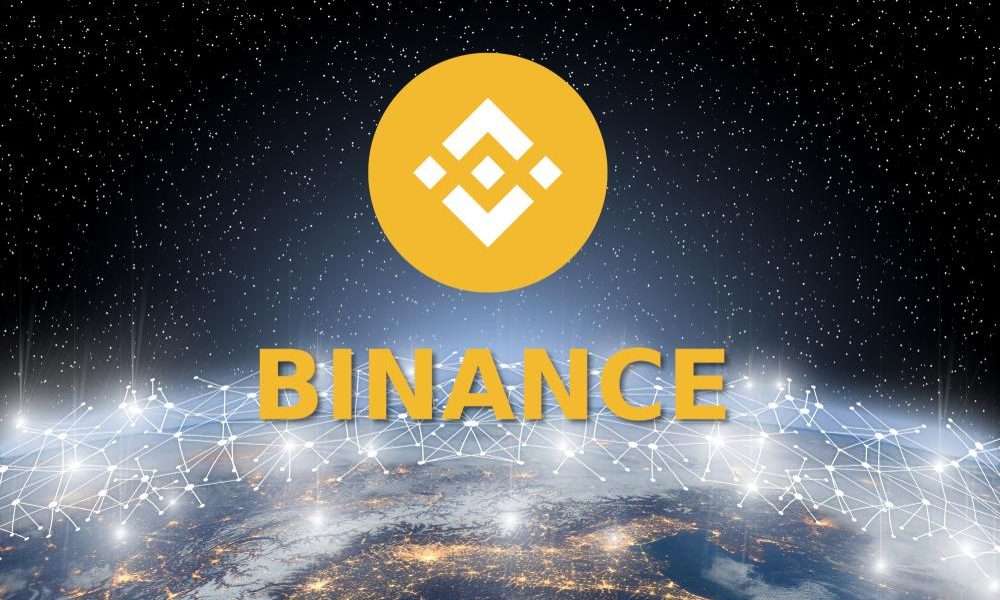
While sharing her expectations for the prospect of engaging in constructive dialogue with crypto and NFT regulators and the possible hurdles of education and government advocacy, Hai maintained she is very positive. Nonetheless, she outlined that many regulators are very much on a one-way thing, arguing that they should evolve into a two-way communication system:
“We need to get people in the crypto industry to find a good way to communicate everything we’ve done well and the things we need to improve to the regulators, and the regulators should also learn what is happening, what is actually achieving values, and how they can use regulations to protect the users.”
Before summarizing, Hai applauded recent sentiments from senior banking officials in Dubai, supporting her concerns about stringent financial limitations of banking transactions compared to the crypto industry. She mentioned that the growing trends of employment shift from traditional finance to crypto could help bridge the gap of understanding and foster greater growth and adoption.
In the meantime, Binance continues making more advancements in the NFT space. At the Paris Blockchain Summit, Zhao announced that his company would help Station F, the Parisian start-up Incubator, build Web3 products and other blockchain projects.

